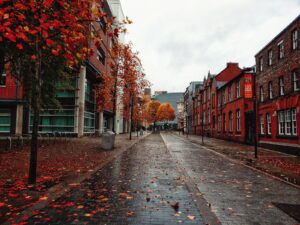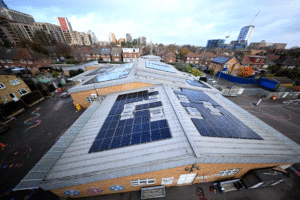70% of people in urban areas do not have access to good quality green space, this rises to 75.8% in the most deprived areas, according to research conducted by charity Keep Britain Tidy.
The findings are based on those who live within 800 metres of a Green Flag Award accredited green space – the government’s own standard for what constitutes a good quality park.
The researchers found that in London there is a good provision of quality green space, with 62% of the urban population living within walking distance of a park.
However, London is far above any other region in the UK. The region with the second-highest score is East Midlands – with just 29%
Cities in the North West also have particularly little access with fewer than a quarter of those who live in urban areas (23%) having access to quality green space.
This figure is 21% in the South East, 17% in the South West and 13% in Yorkshire and the Humber.
Keep Britain Tidy’s chief executive Allison Ogden-Newton OBE said: ‘The environment around us shapes our quality of life, and access to quality green space has never been more vital than it has been over the course of the pandemic, showing how much we rely on it for our wellbeing, both mental and physical. We believe everyone should have access to one.
‘It’s therefore very worrying that the vast majority of those living in urban environments do not have access to a green space that, by the Government’s own standards, can be considered of good quality.
‘As such, we are calling for increased investment across the country. It is money well spent – for example in Sheffield, the Government’s own analysis showed that for every £1 spent on maintaining parks, there is a benefit of £34 in health costs saved.’
In celebration of the vital importance of our parks, Keep Britain Tidy is running the national Love Parks Week campaign between 23rd July and 1st August, supported by players of the People’s Postcode Lottery.
Photo by Robert Bye















